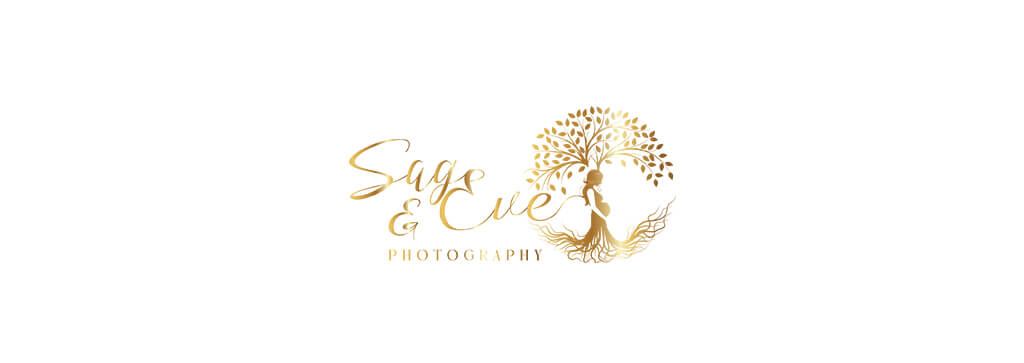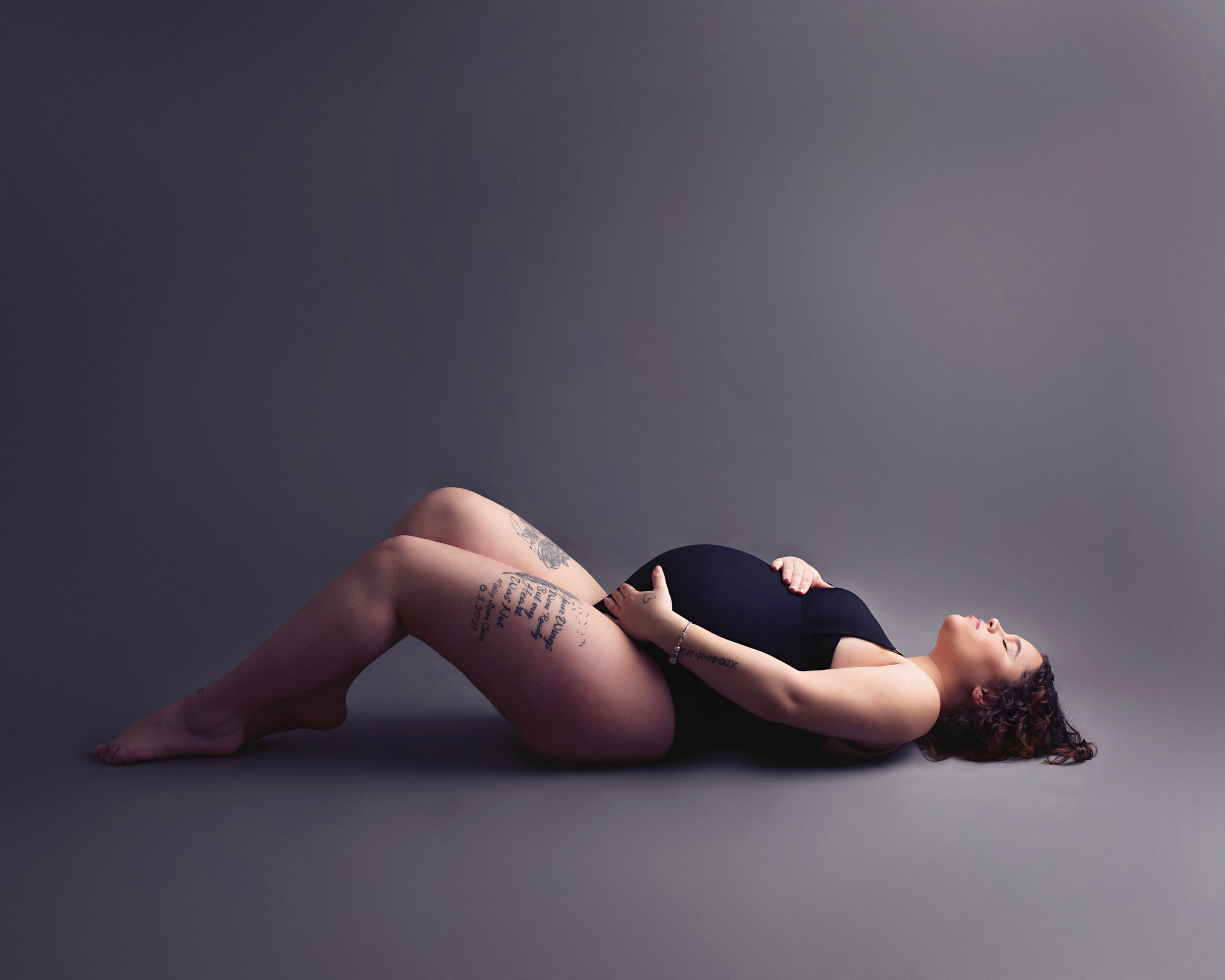Babies have susceptible skin. This usually makes them more vulnerable to rashes than older kids and even us as adults. However, with the numerous types of rashes out there, it may seem daunting to identify what baby rash is, what causes it, and how it can be treated.
As a parent, you don’t want to see your cute baby’s face with red or bumpy swelling on their soft skin. You may wonder how rashes affect your baby’s comfort level and whether they cause itchiness or pain. Further, you may be concerned about how you can tell if your baby’s rash is harmless or something more serious.
Well, read through this article to find out more about the common types of baby rash, tell-tale signs and symptoms and the best remedies to treat them.
What causes a baby rash?
Several factors usually cause baby rash, and they are of different types. Some of the well-known causes include:
- Irritants such as saliva, poop, baby wipes, soaps, lotions, and fabric softeners.
- Infections can also lead to fungal rashes.
- Allergic reactions can also play a role in causing baby rash, such as eczema.
1. Acne
Skin breakouts are not just for teenagers, but also for babies. It is very typical for babies to have a common rash known as neonatal acne during the first month of life. Baby acne looks like a bunch of small, red bumps. Baby acne can last up to three to four months. Usually, baby acne clears up on its own with gentle cleansing.
2. Baby heat rash
Baby heat rash tends to happen when the baby’s sweat glands become blocked and trap sweat under the skin. It usually appears in warm weather or when the baby is dressed heavily. The rash is itchy and appears as tiny red bumps on the baby’s head, neck or shoulders. To prevent this, you need to dress your baby lightly.
3. Baby diaper rash
With this type of rash, it is obvious where it affects the baby. Diaper rashes mainly occur due to the irritation caused by wet diapers and friction. They appear typically as red patches and puffy, warm skin. To prevent this, you must frequently change your baby’s diaper and use over-the-counter diaper paste containing zinc oxide. This will help reduce the friction and irritation in the diaper area.
4. Strep rash
This bacterial type of rash commonly affects a child if other family members have been exposed to strep throat. The specific symptoms of strep rash include bright red skin around the neck and the baby’s anus. To prevent this type of rash, keeping the baby away from infected family members is essential. However, unlike other types of rashes that can be treated using over-the-counter medications, strep rash necessitates a visit to a healthcare practitioner to diagnose and prescribe oral antibiotics as treatment.
5. Chickenpox
In the contemporary era, it is rare to find a child with chicken pox, thanks to the varicella vaccine. Previously, before 1995, it was typical for a child aged nine and below to have chicken pox. Chicken pox appears as red bumps or blisters and is intensively itchy. To treat chicken pox, healthcare practitioners recommend that you clean your baby every day and make sure that their nails are short so that they can’t scratch and dig into their skin, resulting in secondary infections.
6. Baby drool rash
Drool rash happens when your baby’s skin is wet with saliva for long periods and becomes irritated. The inflammation often occurs when a baby is teething; because they often have their hands or a teething ring in their mouth, saliva easily drips onto their face. To prevent this type of rash, gently wash your baby’s face with warm water and a soft cloth a few times daily to remove saliva or leftover food. Pat the face dry. Avoid rubbing the area excessively and using harsh ingredients that could irritate the rash further. Apply a healing ointment, like Aquaphor or petroleum jelly, to dehydrated skin.
7. Baby Eczema Rash
Eczema causes patches of your baby’s skin to become itchy, dry and bumpy. The most common place where symptoms of eczema will affect your baby is on their face. Generally, baby eczema rash is triggered by skin contact with soap, shampoo, poles, or other irritating substances. The symptoms include itchiness, dry patches, and flaky skin that appears pinker. To treat this type of rash, moisturise your baby’s skin with daily application of a thick cream. For mild eczema, treat it with moisturiser, and if it is severe, use prescription products.
8. Allergy rash
As you gradually introduce your baby to new foods, materials and products, it should not surprise you that they may be allergic to some ingredients or components. Allergy rash is usually caused by food or medication that a baby may be allergic to. Allergy rash appears in diverse ways, but the most common manifestations are hives and eczema. Raised, itchy patches or spots could be caused by an allergic reaction (hives). On the other hand, eczema appears in red, dry, flaky patches. However, both rashes are itchy. It is essential to take extra precautions and call 999 if there’s swelling around your child’s mouth or they struggle to breathe. Treatment of allergy rash involves applying a moisturiser. A hypoallergenic moisturiser after a baby’s bath can help prevent dry skin. Moisturisers also provide a barrier to protect the skin from irritants. Using 1-percent hydrocortisone cream: Hydrocortisone cream can treat skin rashes relating to eczema or other allergic reactions.
9. Cradle cap
A cradle cap causes crusty or oily scaly patches on a baby’s scalp. The condition isn’t painful or itchy. Essentially, it refers to dandruff for babies and is known to be caused by yeast. To remove the cradle cap, apply the baby oil to the scalp before bathing, then shampoo while gently massaging the scale with your finger. You can also carefully use a baby brush during your baby’s bath to help remove the scale in their hair. You can also use a baby comb. Never scratch or pick at the cradle cap, which could cause an infection.
In Conclusion
Many baby rashes are not harmful; some may disappear independently without medication. However, as a parent, closely monitor your baby’s skin for any severe condition, and if it is persistent and accompanied by other symptoms, it is advisable to seek medical attention.









